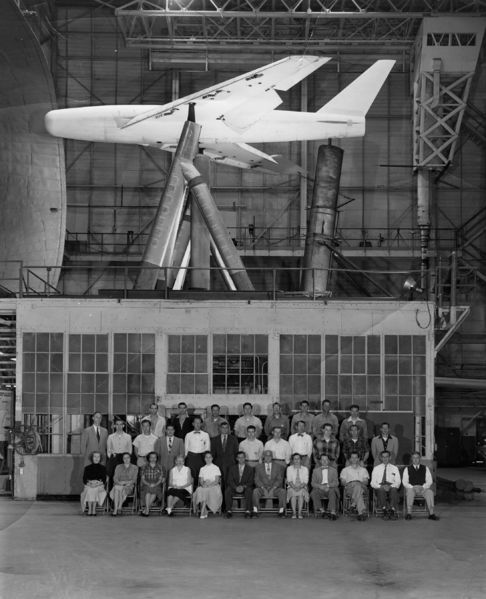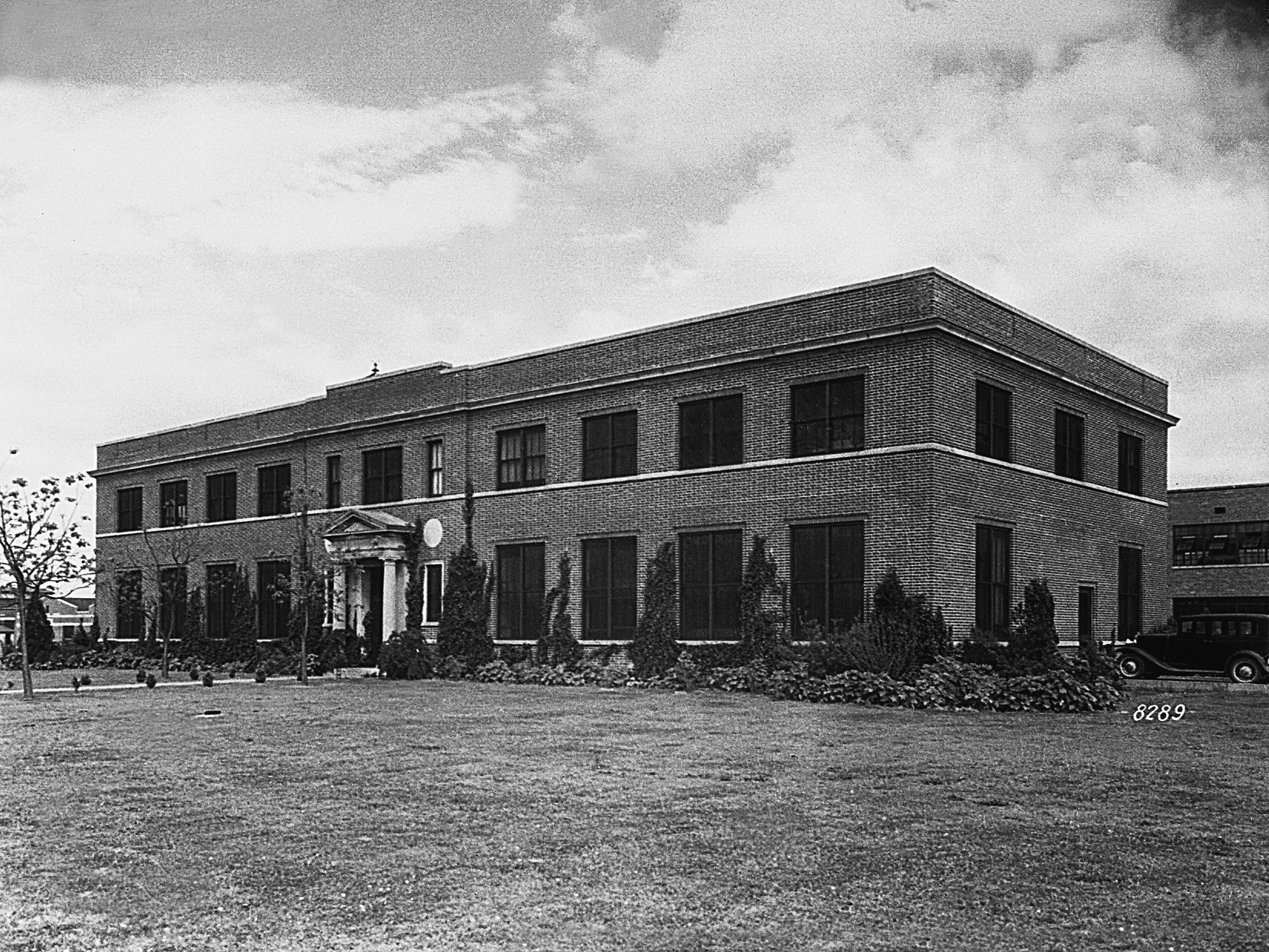Rosie the Riveter represented the female war movement.
Before the war, society ridiculed educated women.
When WWII began, our government employed women. As the draft began, 15,000,000 women found work here. At Langley, a NACA branch, women worked as technicians and engineers on planes. The American aerospace industry became the largest in the war.
"Even here in the United States, women are finding their work in greater demand than ever before."
~Eleanor Roosevelt
Internationally, the United States was praised for gender-equal war response. This contrasted both pre- and post-war, where women were expected to serve husbands.
Excerpt of Australian Women's Weekly, 1943. Courtesy of National Australia Library.
"You men and women working here , far from the sound of drums and guns, working in your civilian capacity, in accordance with your highly specialized skills, are winning your part of this war: The battle of research. This war is being fought in the laboratories as much as the battlefields."
~ William Franklin Knox, former Navy Secretary.
In 1943, a team of five African-American women were hired. They were the first barrier-breaking West Computers.

Courtesy of NASA, WWII

Norfolk Journal And Guide 1943

Langley Administration Building
Hover to enlarge
Post-war women lost their engineer jobs because companies blatantly favored men. Millions of women re-became housewives. Conversely, in the same era, President Roosevent passed the first anti-discriminatory law. This signaled a new age for African-Americans, and provided an early step for equality. Unfortunately, it was imperfect.
"When black men came back from the war, they didn't have an easy time getting jobs and weren't able to use their GI Bills to get homes in the suburbs. So my grandmother kept working at NASA until 1966 because the family needed the money."
~ Duchess Harris, granddaughter of computer
Courtesy of the Library of Congress
Meanwhile at NACA, most nonwhite computers stayed on. Men were advanced to engineer even if there were more viable female employees. Women were shunted over to be computers. This was touted as "barrier-breaking," but it showed the inherent systematic sexism.